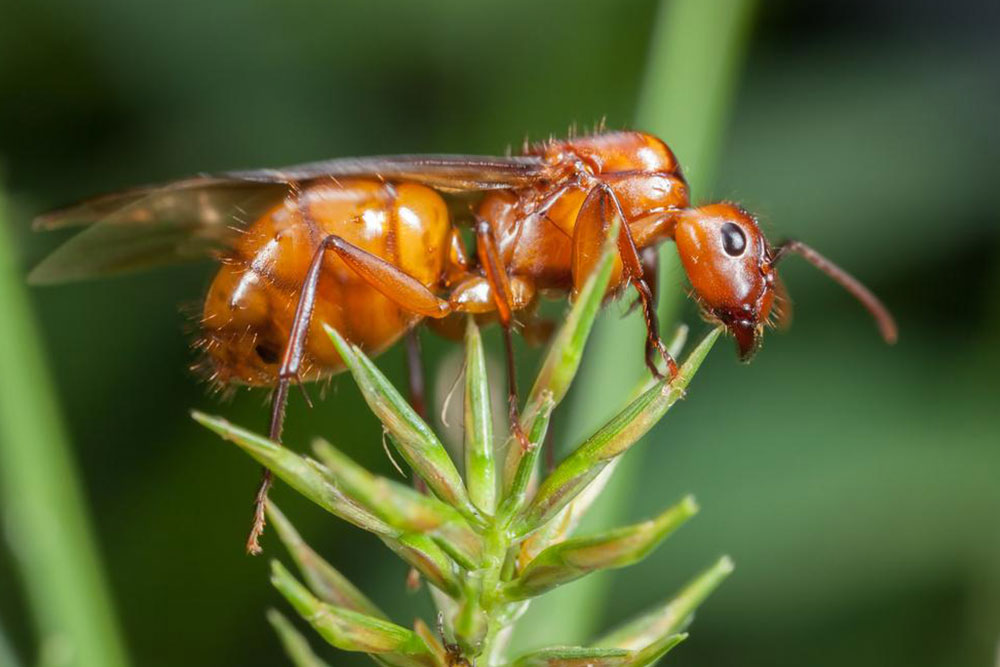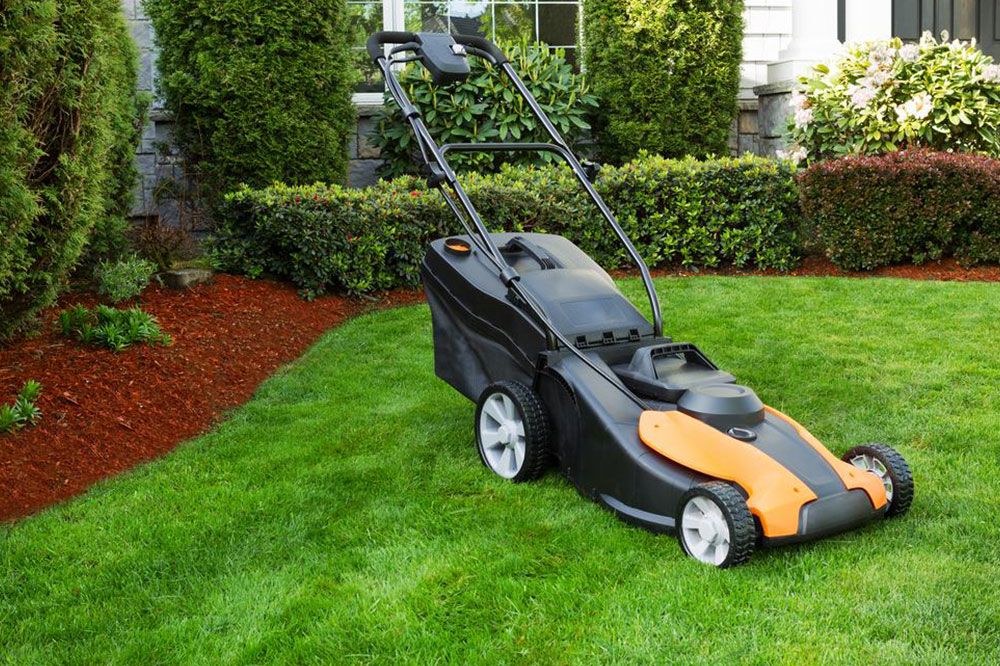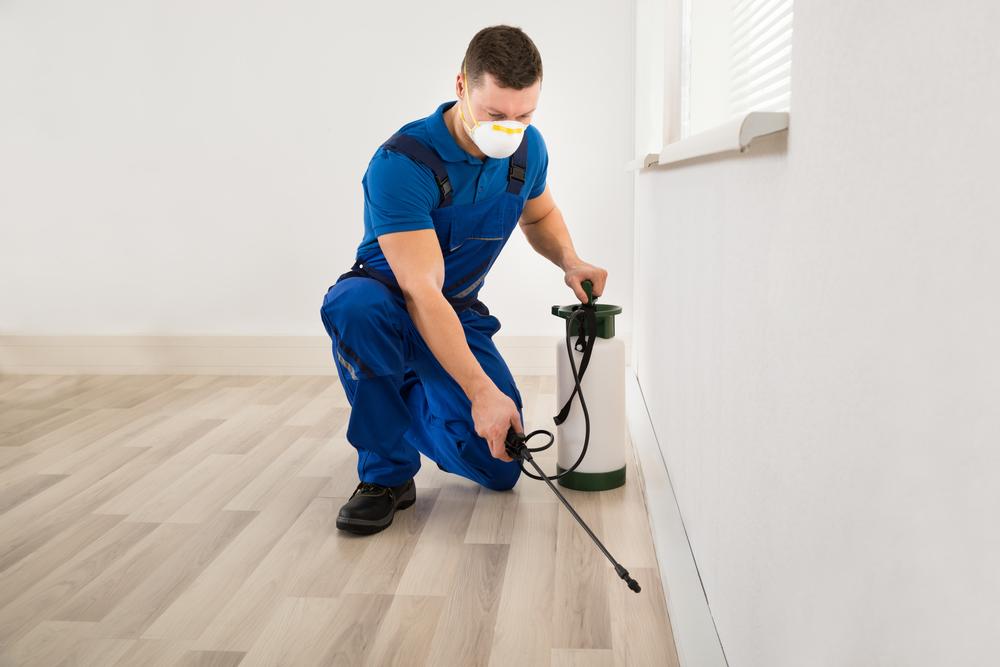Effective Strategies to Eliminate No-See-Ums
Discover effective methods to eliminate no-see-ums, tiny biting pests that thrive in humid environments. This guide covers practical tips like using mesh screens, repellents, and environmental controls to keep your home pest-free and comfortable. Protect yourself and your loved ones from itchy bites with these proven strategies tailored for outdoor and indoor pest management.

Effective Strategies to Eliminate No-See-Ums
Controlling pests is essential to maintain a healthy and clean living environment. Among these pests, no-see-ums—also called biting midges or sand flies—are particularly elusive but problematic insects. Officially known as ceratopogonidae, they are small, often measuring just 1-3 millimeters, and tend to inhabit damp areas near water bodies like ponds and gardens. These pests are attracted to human warmth, scent, and carbon dioxide, and their bites can cause significant discomfort. Here’s what you need to know about eliminating no-see-ums effectively:
Important facts about no-see-ums
Also referred to as punkies or sand gnats, these insects are tiny, about 1-3 mm in length.
They bite humans and animals, often leaving itchy, painful marks that can last for days or weeks.
While difficult to see, their presence is often indicated by bites and skin reactions. Since they breed in moist, humid environments, they are commonly found near water sources and in warm climates. These pests are attracted by body heat, scent, and carbon dioxide, making secreted odors and warmth especially appealing.
To prevent and control no-see-um infestations, consider the following strategies:
1. Maintain a cool indoor climate
2. Install fine mesh screens
3. Keep entrances closed
4. Apply repellents
5. Reduce indoor humidity
6. Use CO₂ traps
7. Regularly check and repair plumbing
To further reduce no-see-um issues, turn off outdoor lights at night and keep your yard well-maintained. Trimming bushes and grass reduces habitats where these insects breed. Wearing protective clothing when outdoors in humid areas is also recommended. For persistent problems, consult pest control professionals for tailored solutions.










